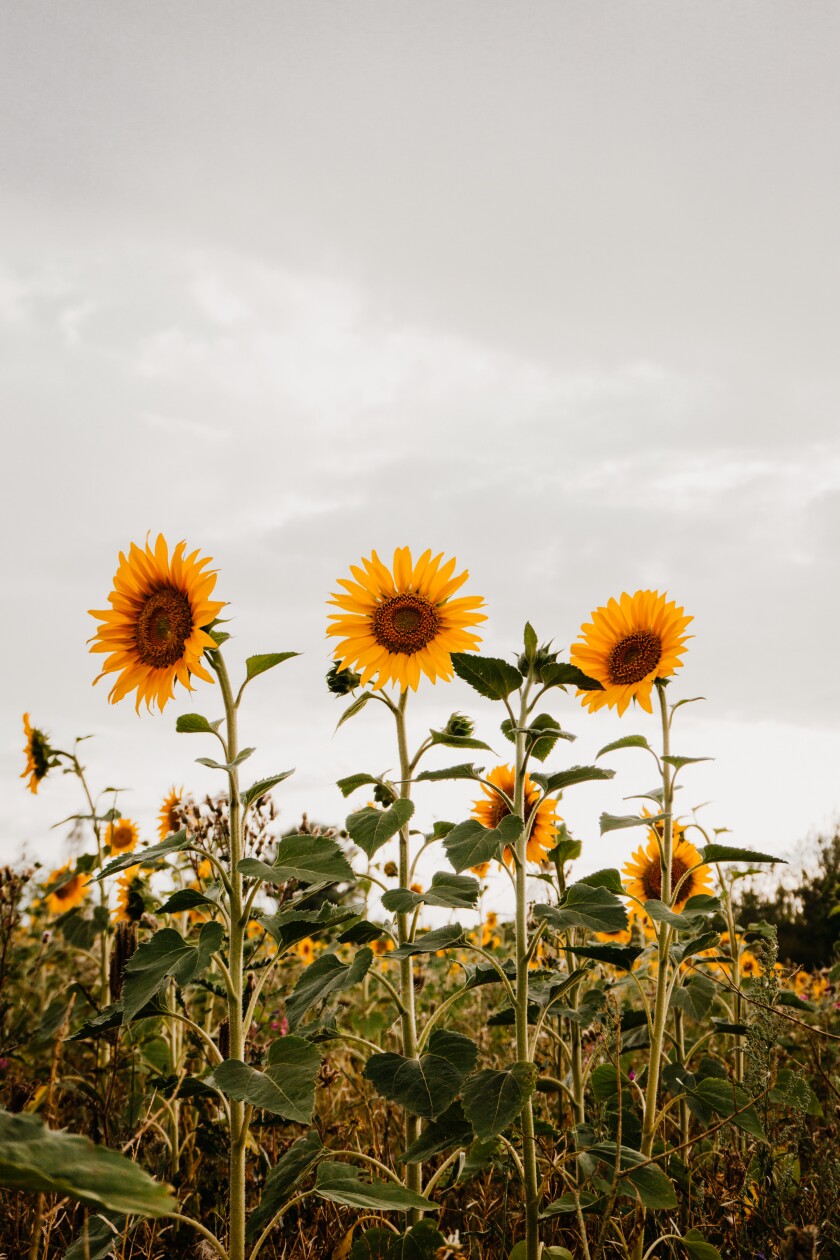Molecular biology student Zak Webber (’20) worked his way down the hallways of the BYU Life Sciences Building, stopping at office doors and waiting patiently on upholstered chairs. His research idea could improve the health of the Navajo Nation, so there wasn’t time for a rain check. While waiting to meet with one professor, Webber noticed another open office door. He walked over and pitched his idea to Department of Plant and Wildlife Sciences professor Ben Abbott, who felt himself to be a match for the project.
One year earlier, Webber took a summer job as a teacher for American Indian Services. As he taught water science and test preparation classes to Diné students from the Navajo Nation, he saw that his very intelligent students lacked opportunities for growth in science education. “I went with my coworkers and friends to the Navajo Nation and became aware of the disparities that they’re left with through no fault of their own,” Webber says. Even with years of studies under his belt, Webber often felt powerless to help his students fulfill their potential. Nonetheless, he was determined to try.
Each night, Webber opened his laptop, pulled up the PubMed website, and absorbed as much information as possible about the impacts of environmental science. He eventually found several articles discussing sunflowers’ ability to remove uranium from water solutions. This research caught his attention because, as he says, “One of the big problems in the Navajo Nation is there is a lot of uranium, arsenic, and other heavy metals that get into the water. The CDC has reported that there are a lot of wells in the Navajo Nation, and people have personal water tanks buried in the ground because there’s no running water.” The drinking water that comes from these buried tanks is often contaminated from heavy metals in the soil, and many people in the Navajo Nation have to travel several hours to find clean water. After reading multiple studies online, Webber theorized that sunflowers could also sequester uranium and arsenic in soil, creating cleaner water for the Navajo Nation.
Abbott, Webber, and other collaborators worked with students from Arizona’s Chinle High School to create a soil experiment. They planted sunflower seeds in the high school’s soil and, once the flowers had grown, tested water in the soil to determine whether the flowers had removed uranium and arsenic. Webber expected the concentration of metals in the soil water to decrease, so he was surprised when he saw the exact opposite: after the sunflowers were planted, the soil water showed no change in arsenic concentration and showed an increase in uranium concentration.

Although the sunflowers did not resolve water contamination in the Navajo Nation, Webber says finding and understanding a problem is just as important as creating a solution. “I would say it was successful in the sense that we were able to get a scientific finding that’s important to the community,” he says. “That’s research to a T.” Soon after Webber’s graduation, the sunflower study was published in the top environmental science and public health journal, Science of the Total Environment.
An even bigger success for Webber came through the Chinle High School students who participated in the experiment. Students wrote down their thoughts, and many commented that the project sparked their interest in science. The experiment made them curious about testing other plants and learning more about scientific processes. Webber believes they began to understand the why of science, even though they didn’t get the results they anticipated from their original experiment.

Webber says his connections with people were another important takeaway from the project: “We learned just as much, if not more, about the local cultural values and environmental issues you don’t always get into with science.” Additionally, with the onset of the COVID-19 pandemic, Webber and Abbott used their connections with the Navajo Nation to help in other ways. They donated gloves, masks, and other personal protective equipment to the Navajo Nation Department of Health to ease the dire need for scientific and medical equipment.
Abbott agrees that the new connections are invaluable. He says the relationships formed between local high school students, BYU undergraduate and graduate students, the Tribal Council, and the Navajo Nation Environmental Protection Agency were unanticipated positive outcomes of the experiment. Abbott concluded, “I am really excited about how these collaborations will lead to future projects that could provide improved water quality and better representation of the needs and knowledge of indigenous communities in the US.”
